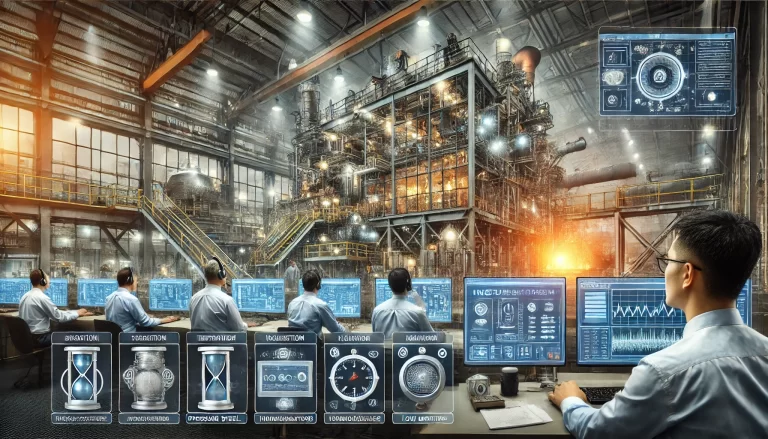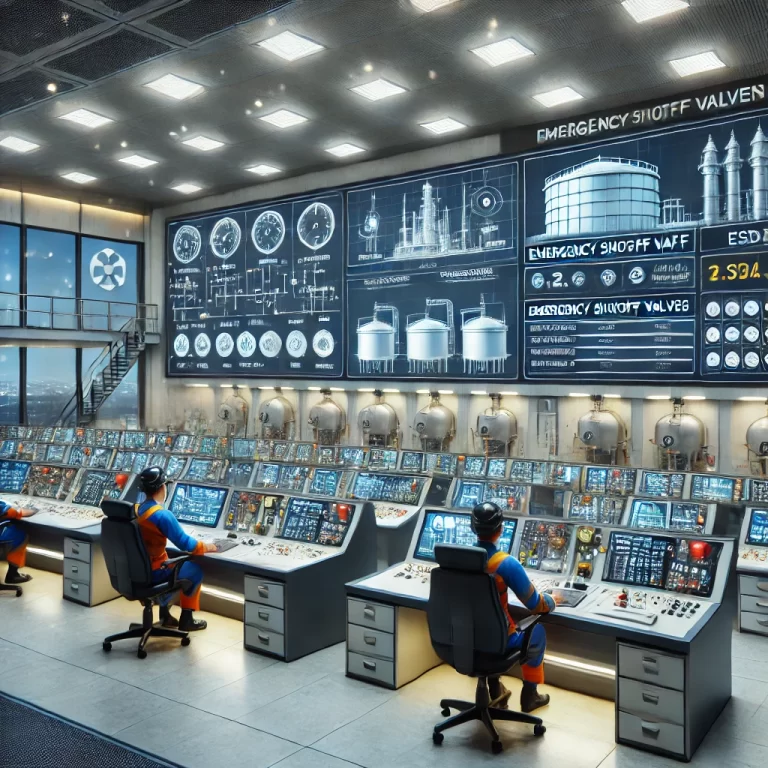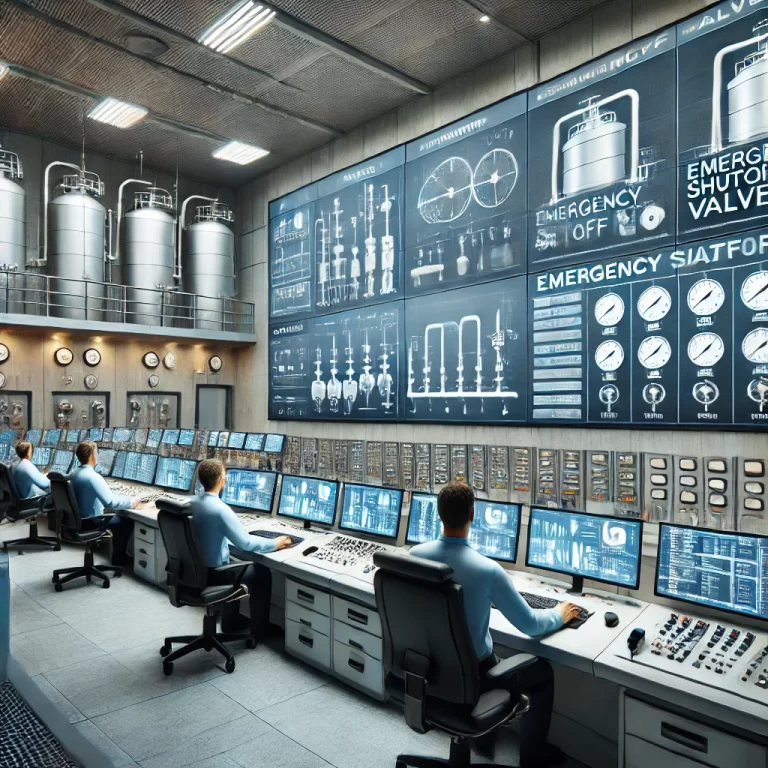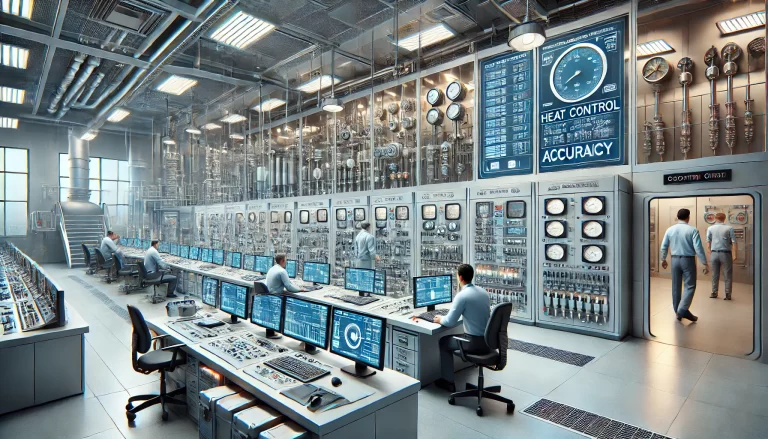Overview
In today’s industrial production landscape, automated equipment plays a critical role. These systems not only improve production efficiency but also ensure the consistency of product quality. However, with prolonged operation and increasing complexity, equipment failures become almost inevitable. To minimize losses and ensure continuous, stable production, real-time monitoring and fault prediction of automated equipment have become essential.

1. Principles of Real-Time Monitoring
Real-time monitoring refers to the uninterrupted tracking and data acquisition of the operational status of automated equipment. It functions as a “personal physician” for the machinery, continuously assessing its “health.” Various types of sensors, such as temperature sensors, pressure sensors, and vibration sensors, are installed on the equipment to collect critical operational parameters, including rotational speed, temperature variations, pressure fluctuations, and vibration amplitudes.
The collected data, though initially appearing as raw numbers, contain valuable insights into the equipment’s health status. Advanced monitoring systems analyze and process this data, converting it into meaningful operational indicators. By comparing real-time parameters against baseline data established under normal operating conditions, deviations and abnormalities can be quickly identified.
For instance, a sudden rise in equipment temperature beyond safe thresholds or an unusual increase in vibration amplitude may signal the early stages of equipment malfunction. A real-time monitoring system can swiftly detect such changes and immediately trigger alarms, enabling timely intervention.

2. Concept of Fault Prediction
Fault prediction extends beyond identifying current anomalies; it involves analyzing historical data trends to forecast potential failures before they occur. This approach is analogous to weather forecasting, where past and present meteorological data are used to predict future conditions.
In fault prediction, data analytics techniques play a pivotal role. Statistical methods, machine learning algorithms, and artificial intelligence technologies are employed to mine and analyze vast amounts of historical monitoring data. Through this process, the system can identify patterns and fault modes associated with specific equipment types.
For example, in certain machinery, gradual changes in vibration patterns or a slow decline in lubrication efficiency may precede component wear. By modeling and predicting these trends, maintenance teams can receive advance warnings, allowing them sufficient time to plan repairs and prevent unexpected downtime.
3. System Architecture for Real-Time Monitoring and Fault Prediction
Establishing an effective monitoring and fault prediction system requires a robust architecture comprising several key layers:
3.1 Sensor Layer
The sensor layer acts as the system’s “nervous system,” responsible for capturing various physical and operational parameters. Sensors must offer high precision, reliability, and stability to ensure the accuracy and integrity of collected data.
3.2 Data Acquisition Layer
The data acquisition layer aggregates and organizes the sensor data. It must have high-speed processing capabilities to manage large volumes of data efficiently and prepare it for subsequent transmission and analysis.
3.3 Data Transmission Layer
This layer ensures the secure and reliable transfer of data from the acquisition units to the analysis systems. It must preserve data integrity and accuracy while addressing security concerns such as encryption and redundancy to prevent data loss or breaches.
3.4 Data Analysis Layer
Serving as the “brain” of the system, the data analysis layer applies sophisticated algorithms and models to deeply mine and interpret incoming data streams. This layer requires significant computational power and advanced analytical methodologies to extract actionable insights from massive datasets.
3.5 Application Layer
The application layer presents the analytical results in an intuitive and accessible manner, typically through computer dashboards, mobile applications, or alarm systems. It enables end users to make informed decisions, such as scheduling maintenance, adjusting production schedules, or implementing contingency plans.

4. Practical Applications and Case Studies
Real-time monitoring and fault prediction systems have already delivered substantial benefits across various industries:
Automotive Manufacturing: A leading automotive plant implemented real-time monitoring across its production lines. By continuously tracking parameters such as motor temperatures and robotic arm vibrations, the plant reduced equipment failure rates by 30%, significantly boosting production efficiency and minimizing downtime-related losses.
Chemical Processing: A chemical facility utilized a predictive maintenance system to monitor critical reaction vessels. The system detected minor anomalies indicative of a potential leakage risk, allowing preemptive maintenance that averted a major safety incident and protected the environment.
5. Challenges in Implementation
Despite their benefits, implementing real-time monitoring and fault prediction systems presents several challenges:
Technical Complexity: Ensuring sensor precision, maintaining the reliability of hardware, and developing accurate and efficient data analytics algorithms require significant technological investment.
Cost Considerations: Building a comprehensive monitoring and prediction system involves considerable expenditures for sensor deployment, system development, integration, and ongoing maintenance.
Human Resource Requirements: Successful operation demands skilled personnel proficient in system operation, data analysis, and emergency response.

6. Strategies to Overcome Challenges
To address these challenges, companies should:
Invest in Research and Innovation: Continuously advance sensor technology, data analytics capabilities, and system integration methods.
Optimize Costs: Carefully assess operational needs and select appropriate monitoring solutions to balance performance and budget.
Enhance Training Programs: Develop specialized training initiatives to elevate the technical competencies and response capabilities of employees.

Conclusion
Real-time monitoring and fault prediction are crucial strategies for ensuring the safe, efficient operation of industrial production systems. With ongoing advancements in technologies such as edge computing, 5G communications, and artificial intelligence, these systems will become increasingly intelligent, autonomous, and integral to the realization of smart manufacturing. Companies that proactively adopt and refine these technologies will be well-positioned to maximize operational reliability, safety, and profitability in the competitive industrial landscape.
